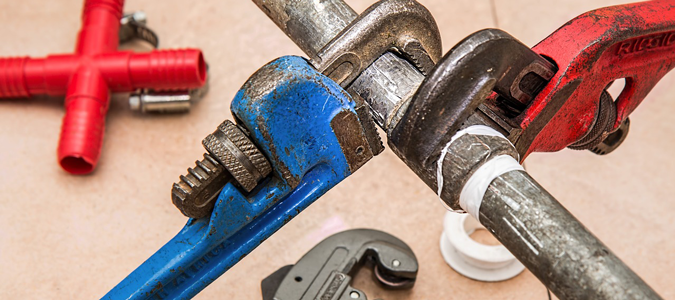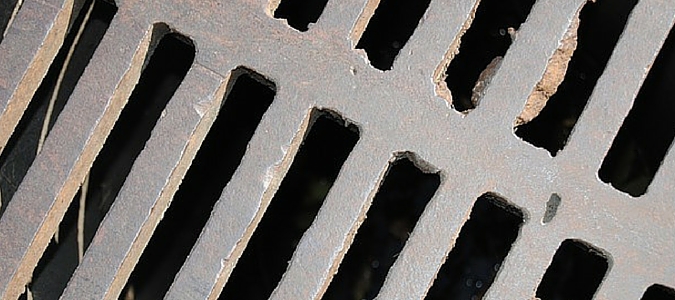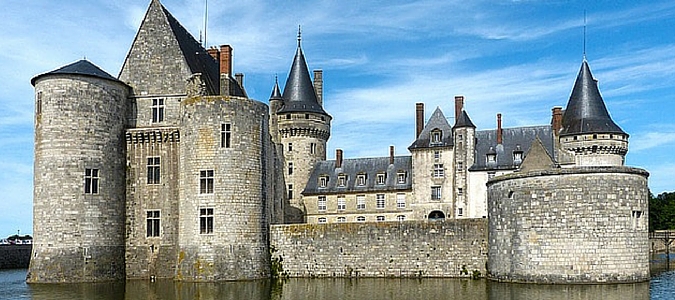Beat the Heat: What Summer Means for Your Pipes
Plumbing trouble isn’t just a cold-season phenomenon
Winter isn’t the only season that can wreak havoc on your pipes. In central Texas, the mercury exceeds 100 degrees on dozens of days per year, and an unprepared plumbing system can take a serious hit as a result. Below, we outline some of the most common hot-season plumbing problems and offer some common-sense tips for dealing with them.
Sweating Pipes
When the weather warms up, your skin isn’t the only thing that sweats. Poorly insulated pipes can “sweat” excess water and create serious leaks that eventually threaten the integrity of your ceilings or floors. Due to contraction in the pipes themselves, sweating pipes that are already constrained by clogs can suffer catastrophic backups.
Sewer Backups
Although summer tends to be a fairly dry season in central Texas, occasional thunderstorms and unseasonable rains can cause unexpected sewer backups that devastate your home’s lower levels or yard. Likewise, tree … Read Full Post »


